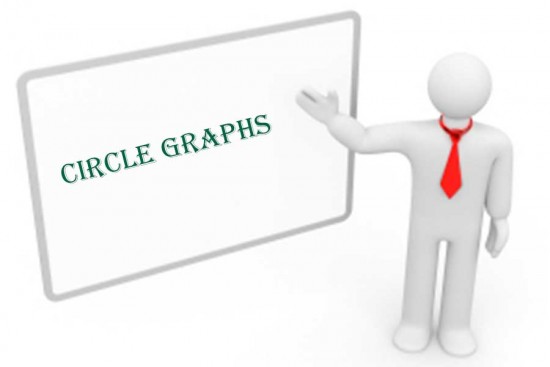Circle Graphs: A meaningful lesson enhanced with technology
Last week, I had the pleasure of observing an 8th grade classroom. The planned activity was the next part of an ongoing study of data collection and representation.
On this particular day of the lesson, the students were given the task of conducting a survey in order to collect and display data in a circle graph. Students were provided with a handout and were asked to do the following:
• Write a question.
• Determine 6 choices.
• Survey the class and complete a frequency table.
• Convert data to fractions, decimals, and percents.
• Divide the circle graph into quarters, then fifths.
• Divide up circle graph into percents.
• Create another type of graph to represent the data.
After a clear explanation of the task, the class of 15 students stood up and began to collect data. For about 20 minutes, the students worked together and discussed the data they needed to collect. Then, the students sat down and began work on the construction of their circle graphs.
Overall, the students were engaged and were having a good success rate at completing the task. The teacher made the task meaningful to the students in the sense that they had ownership in the creation of the survey topic and who they asked to collect the data.
Enhanced with technology
Adaptive Curriculum, the award winning, online learning environment, offers a similar Activity Object called “Circle Graphs”. In this multi-part activity, students are first asked to plan their 24-hour day by choosing from a variety of events (typical of a middle school student) and determine the amount of time to be spent on each event. Then, students divide a 24-hour clock according to the hours selected for the events.
The 24-hour clock is then recreated as a circle graph. To do this, students need to determine the angle measurements needed for each section of the circle graph by finding the fraction of the 24-hour day each event needs and then multiplying by 3600 to get the actual angle measurement. With using sliders on the circle, students can easily draw the correct angle measurements needed for each section of the graph.
In Section 2 of this Activity Object, students design their own data set and categories and then practice creating a circle graph with the new set of data.
“Circle Graphs” would be a great complementary activity for the 8th grade students to work on; in fact, I would recommend that it take the place of the handout and paper-and-pencil task that the teacher provided. The Activity Object provides meaning to learning and applying math to the middle school student; it is more engaging as it allows for ease of the creation of the circle graph with intelligent explanations and feedback on the construction as it is needed. After completing “Circle Graphs”, students will have gained practice and knowledge on how to construct circle graphs without unnecessary time spent on attempting to draw a circle graph with accuracy.


